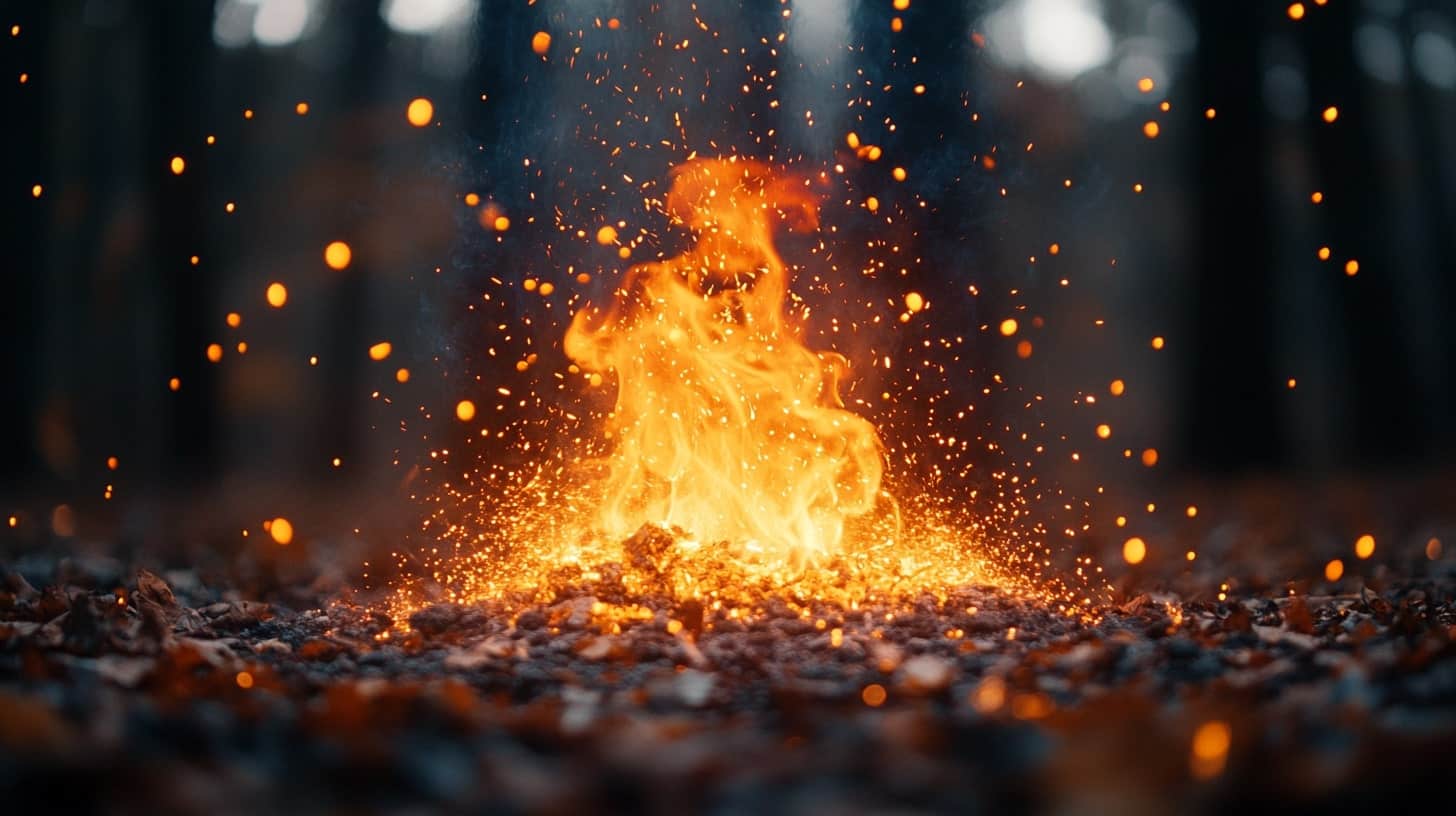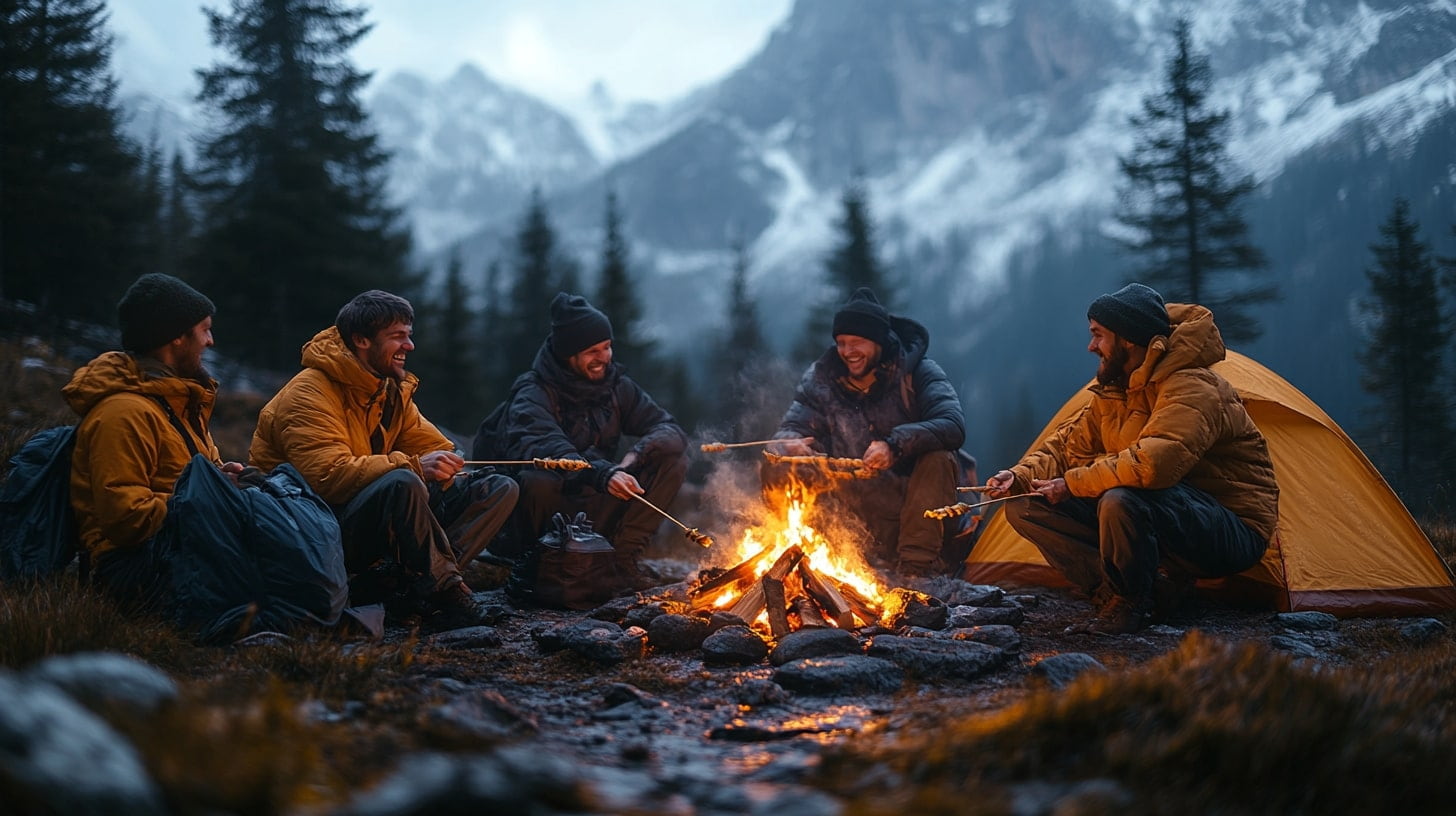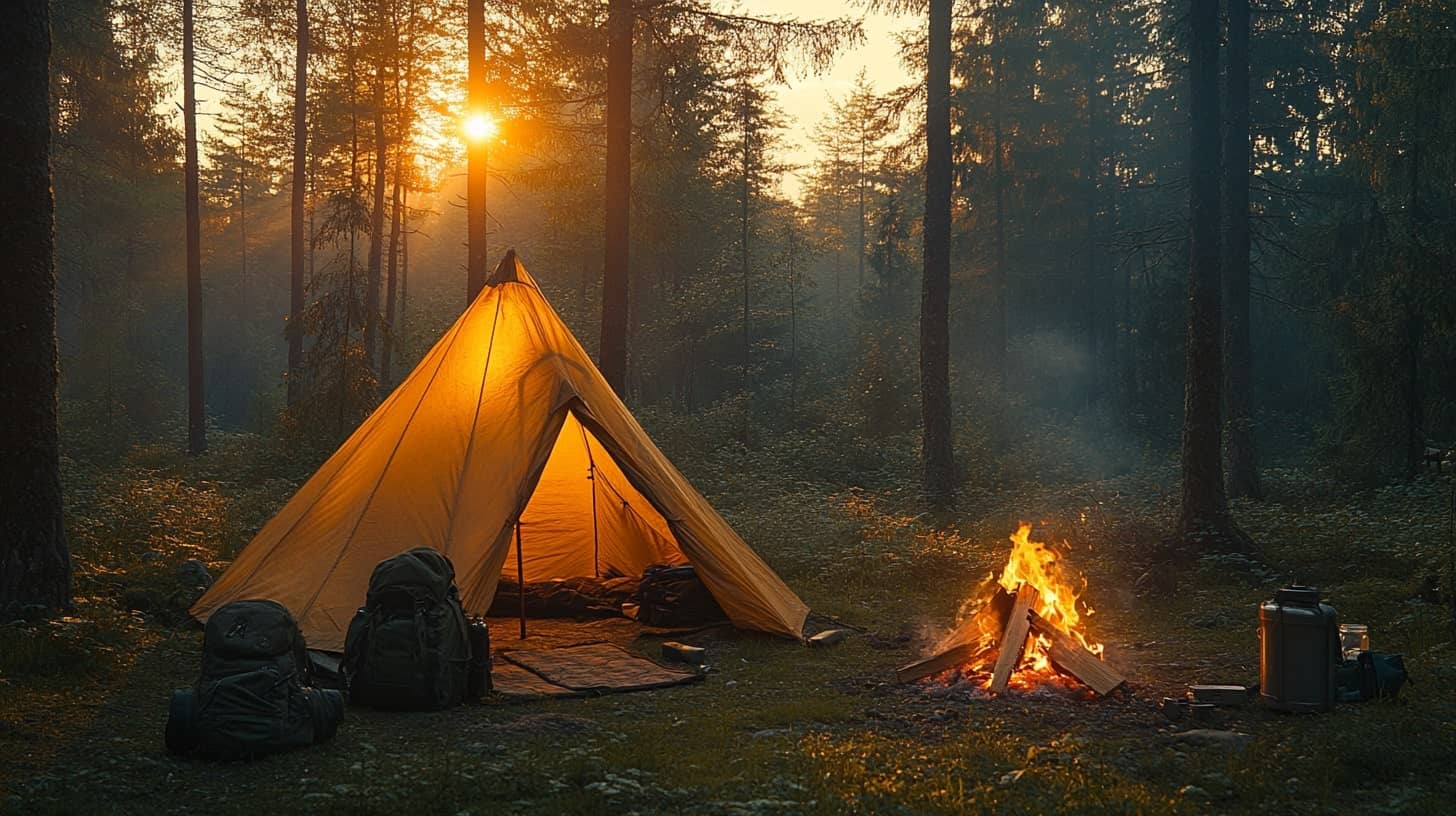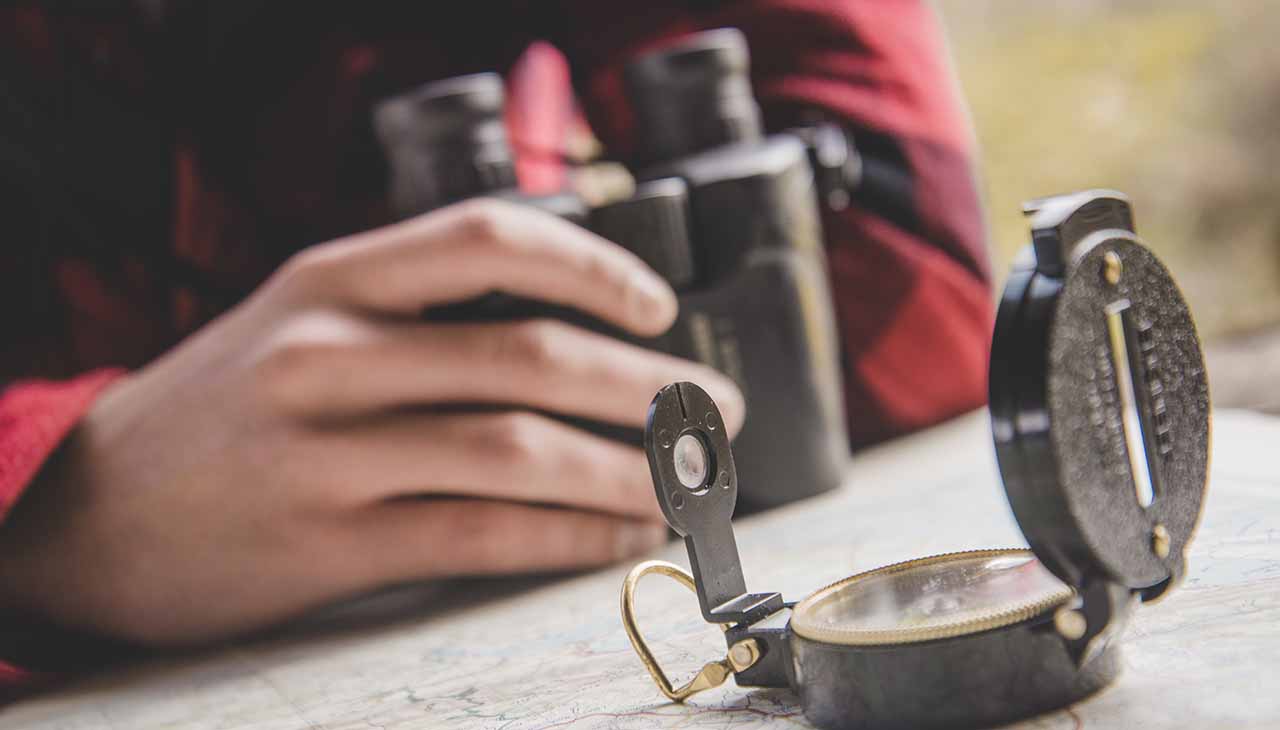Fire is one of the most essential tools for survival, providing warmth, a means to cook food, and a sense of security when exploring the outdoors. While most people rely on conventional fire-starting tools like matches and lighters, there are moments when these methods fail or simply aren’t available. In this article, we explore 10 unexpected and practical methods to start a campfire in any conditions. These techniques emphasize ingenuity and resourcefulness while offering reliable solutions for various outdoor challenges.
Whether you’re an experienced camper or a beginner in survival skills, mastering these creative methods can transform a potentially dangerous situation into an opportunity for self-reliance. With careful practice and a focus on safety, you can add these skills to your outdoor toolkit and be prepared for emergencies. Let’s delve into these innovative techniques and learn how to turn everyday materials and natural phenomena into a life-saving flame.
1. 9-Volt Battery & Steel Wool
One of the most surprising fire-starting techniques involves a simple 9-volt battery paired with ultra-fine steel wool. By carefully rubbing a piece of steel wool against the battery’s terminals, a burst of heat and sparks is generated that can ignite dry tinder almost instantly.
How It Works:
- Preparation: Ensure the steel wool is dry and as fine as possible.
- Execution: Rub the steel wool against the battery terminals. The electrical current heats the fine fibers, producing sparks that catch on your prepared tinder.
This method is especially useful in emergency situations when traditional tools are unavailable. With a steady hand and a bit of practice, the battery and steel wool combination becomes a reliable addition to your survival kit.
2. Magnifying Glass Focus
Harnessing the sun’s energy through a magnifying glass is a time-tested method to start a fire. Position the lens to concentrate the sun’s rays onto a small pile of dry tinder. The focused light creates a hot spot that heats the tinder until it begins to smolder.
Key Points:
- Ideal Conditions: Works best on bright, sunny days.
- Technique: Adjust the angle and distance of the magnifying glass carefully to concentrate the sunlight to a pinpoint.
- Patience: It may take a few moments, but once the tinder begins to glow, a gentle blow can help nurture the ember into a flame.
This method not only uses natural resources but also demonstrates the power of focused energy to produce heat.
3. Ice Lens Technique
In colder conditions, you might not have access to a traditional magnifying glass. Instead, nature provides an alternative—using a clear block of ice as a lens. By carving the ice into a convex shape, you can mimic the effect of a glass magnifier.
Steps to Follow:
- Carve the Ice: On a bright winter day, fashion a smooth, convex piece of ice free of cracks.
- Focus the Sunlight: Hold the ice lens steady and adjust it until the sun’s rays are concentrated onto your tinder.
This innovative method highlights that even in harsh, wintry conditions, nature can supply the tools needed to start a fire.
4. Chemical Reaction: Potassium Permanganate & Glycerin
Chemical reactions can serve as an effective fire-starting method. By mixing a small amount of potassium permanganate with a few drops of glycerin, an exothermic reaction occurs that produces enough heat to ignite tinder.
Safety and Technique:
- Caution: This method can be vigorous, so always perform it on a non-flammable surface in a well-ventilated area.
- Preparation: Have your tinder ready to catch the spark.
- Execution: Carefully add the glycerin to the potassium permanganate and watch as the reaction generates heat and sparks.
When used correctly, this method offers a powerful and unexpected way to start a fire, though it should always be handled with respect for the chemicals involved.
5. The Fire Piston
An ancient technique, the fire piston uses air compression to generate heat. By placing a small piece of natural tinder inside the piston’s chamber and rapidly compressing the air, the temperature rises quickly, creating a spark that ignites the tinder.
How to Master It:
- Practice: Mastering the timing and pressure is key.
- Mechanism: The rapid compression of air increases its temperature, a principle similar to that used in diesel engines.
- Outcome: With repeated practice, the fire piston becomes a reliable tool for fire-starting, even in damp or windy conditions.
This method is a fascinating reminder of historical ingenuity and remains a valuable skill for survival enthusiasts.
6. Hand Drill Method
One of the oldest fire-starting techniques, the hand drill method uses friction to create an ember. It involves a spindle and a fireboard where steady downward pressure on the spindle produces friction.
Method Overview:
- Setup: Carve a notch in a dry fireboard and select a suitable spindle.
- Action: Place the spindle in the notch and apply consistent pressure while spinning it rapidly.
- Result: The friction generates heat, eventually forming a small ember at the base of the notch.
Though labor-intensive, the hand drill method requires minimal equipment and, with practice, can be very effective in wilderness survival situations.
7. Bow Drill Method
Enhancing the hand drill technique, the bow drill method uses a bow to maintain a steady rotation of the spindle, making the process less tiring and more efficient.
Procedure:
- Assembly: Attach a cord to the spindle and secure it with a bow.
- Execution: Move the bow back and forth steadily to generate continuous friction.
- Outcome: With enough friction, an ember forms, which can then be nurtured into a flame.
The bow drill is particularly effective when you have time to set up your materials and practice your technique. It’s a rewarding method that connects you with ancient survival skills.
8. Flint and Steel
A timeless method, flint and steel remains a dependable way to start a fire. By striking a piece of high-carbon steel against a sharp-edged flint, sparks are generated that can ignite dry tinder.
Key Considerations:
- Technique: Achieving the correct angle and force is essential.
- Tinder: Ensure the tinder is fine and completely dry to catch the fleeting sparks.
- Practice: Regular practice will improve your proficiency with this classic method, making it a reliable part of your fire-starting repertoire.
The flint and steel method not only connects you with traditional survival techniques but also offers a robust and repeatable way to create fire.
9. Fire Plough Technique
The fire plough technique involves generating friction by rubbing a hard stick along a groove in a softer piece of wood. The friction creates charred particles that eventually spark into an ember.
Step-by-Step:
- Preparation: Carve a shallow groove into a soft wood base.
- Action: Rub a harder stick along the groove with steady pressure.
- Result: The friction produces fine, charred particles that, when accumulated, form an ember that can be coaxed into flame.
This method is labor-intensive but highly effective in environments where conventional materials are scarce. With persistence, the fire plough can serve as a reliable fire-starting technique.
10. Water Bottle Lens
When traditional lenses are not at hand, a clear plastic bottle filled with water can serve as a makeshift magnifier. This method uses the water to focus sunlight onto tinder, similar to how a glass lens works.
Instructions:
- Selection: Choose a clear, unblemished plastic bottle to avoid light distortion.
- Preparation: Fill the bottle with water and ensure it is free of scratches or bubbles.
- Usage: Hold the bottle in direct sunlight, adjusting the angle until the light is focused sharply on your tinder.
This innovative method demonstrates that everyday items can be repurposed creatively in survival scenarios, offering yet another practical way to ignite a fire.
Conclusion
Mastering unconventional fire-starting techniques is not just about survival—it’s a journey into the art of resourcefulness. Each of the 10 methods described above provides a unique approach to igniting a flame when conventional methods fail or are unavailable. Whether you’re harnessing the power of a 9-volt battery and steel wool, focusing sunlight through a magnifying glass or ice lens, or using chemical reactions and primitive tools, these techniques expand your repertoire and enhance your outdoor preparedness.
Safety and practicality should always be your top priorities. It is essential to practice these methods in controlled environments before relying on them in critical situations. With dedication and regular practice, you can transform even the most challenging conditions into opportunities for self-reliance and innovation.
Armed with these unexpected fire-starting methods, you can approach any outdoor challenge with confidence and creativity. Let your resourcefulness ignite not only a campfire but also a spirit of adventure and self-sufficiency that will serve you well in every journey.




